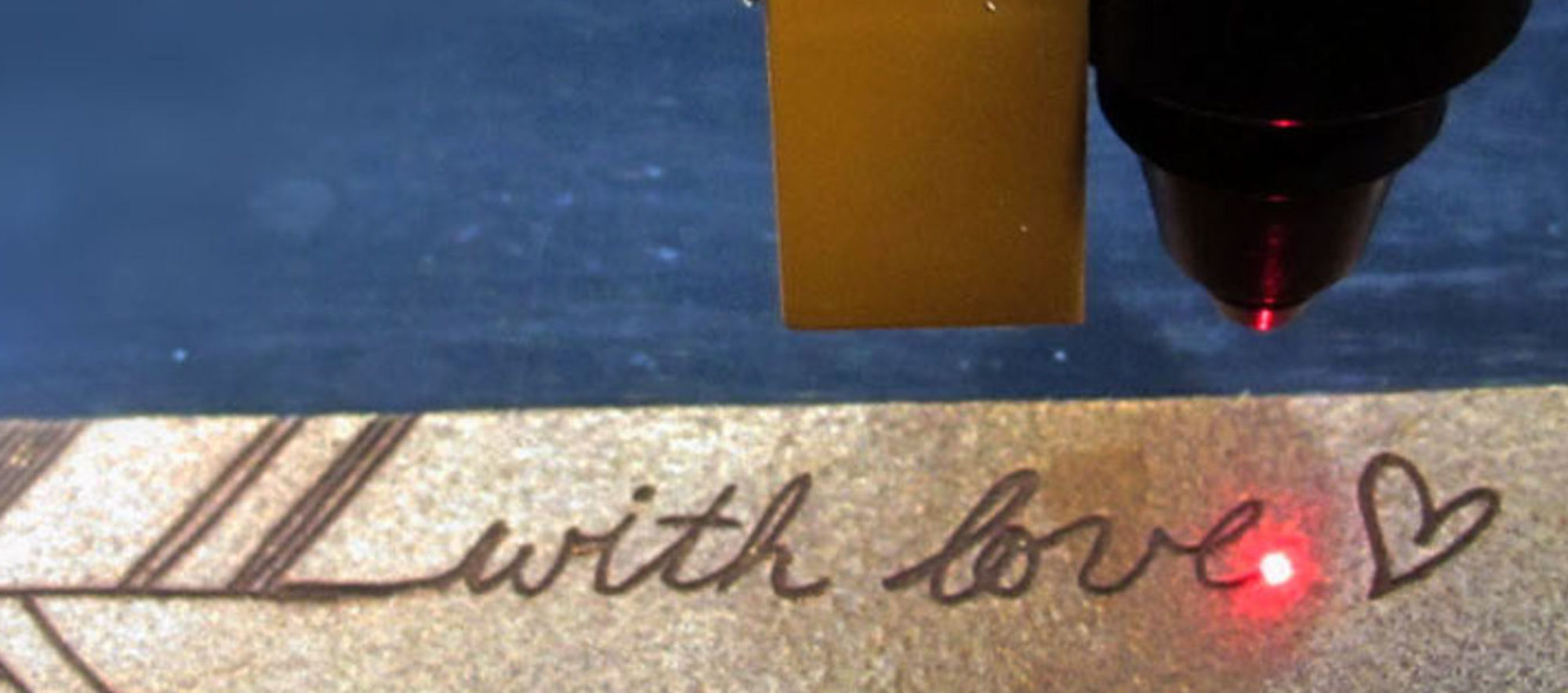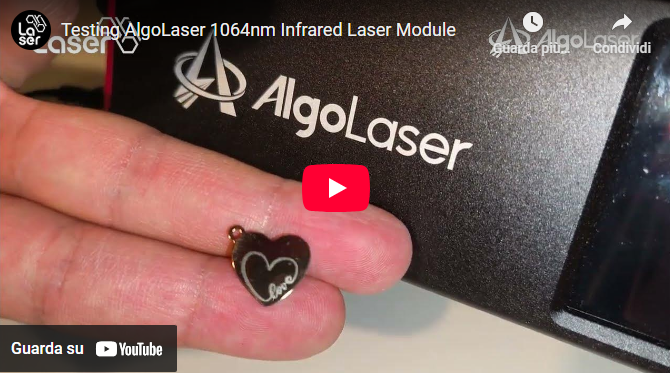Some attention is needed to avoid accidents with laser engravers. In particular, it is absolutely necessary to avoid leaving the engraver unsupervised, and safety glasses must always be worn. Finally, you must avoid working with materials that can emit noxious fumes.
These materials are prohibited under all circumstances.
Materials containing vinyl / polyvinyl - When heated with a laser, vinyl releases chlorine gas, which is hazardous to humans and the machine. This includes plastics that contain vinyl, such as PVC. Many plastics do not contain vinyl, however it is not always labeled on the packaging. All plastics must be cleared with a staff member, who can help you find the Materials Safety & Data Sheet (MSDS) which will contain a list of all components in the material. If vinyl or polyvinyl is listed, the material cannot be used. Also, many synthetic leathers contain polyvinyl. Synthetic leather is not allowed to be used on the laser.
Food - Even though the laser cutters are cleaned, they are not sanitized. Therefore anything put into the cutter can become contaminated by debris such as wood, glass, and plastic.
Body parts - It is not only very painful, but it is also very stupid. It will cause hard-to-heal scars and permanent skin damage.
Fiberglass and Polycarbonates - These create large amounts of noxious fumes and produce low quality results.
Unrestricted / Generally safe
These materials can be used without any special restrictions
Cutting & Engraving Wood Thin veneer Cork Matboard Cardboard Foamboard Depron foam sheets Silicone
Engraving only Glass (including mirrors) Stone Ceramic Brick Painted metals
Safe Plastics
Delrin
Polymide
Mylar
PETG
Styrene
Acrylic / plexiglass
Special Restrictions
Extra Attention Needed
Due to the higher than average fire risk from cutting these materials, you must watch the machine during the entire cutting process. Simply being in the room is not enough.
Balsa Wood
Paper
Fabrics (e.g. cotton, fleece, denim, microfiber)
Felt
Twill
Allowed, But Not Recommended
These materials are non-hazardous, but generally do not work or produce very low quality results:
Non-anodized, unpainted metals
HDPE
Nylon
Polyethylene
Polypropylene

